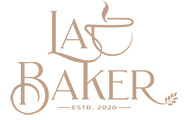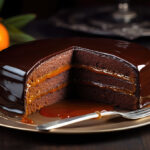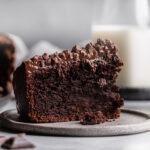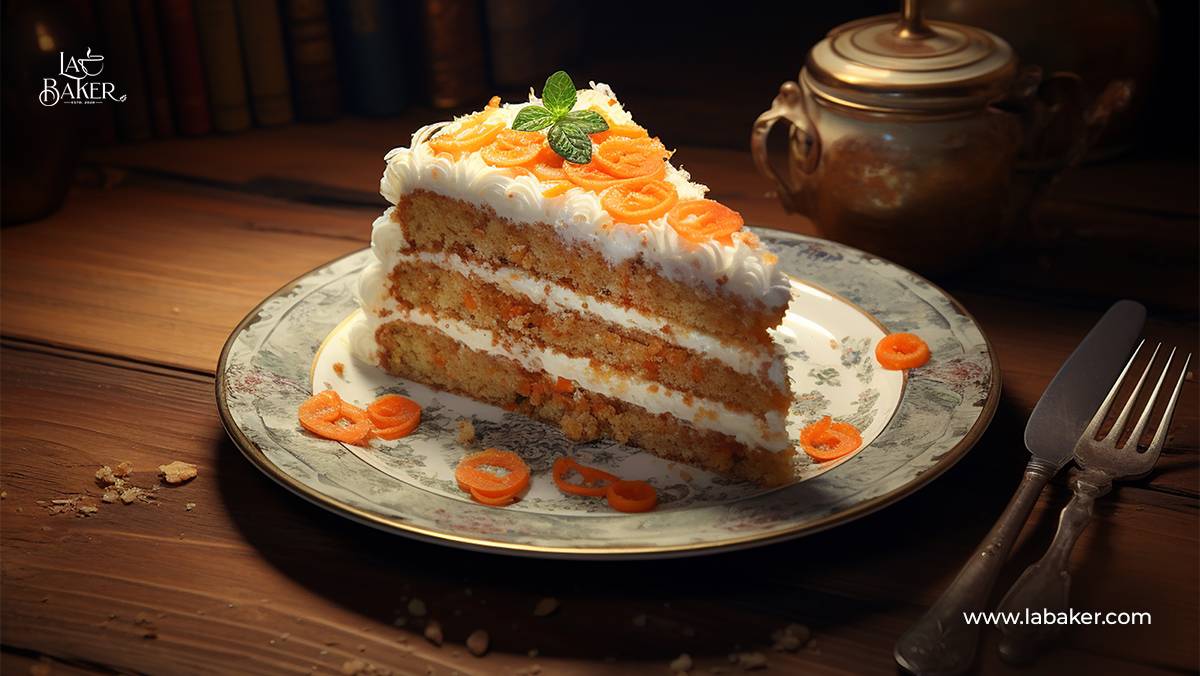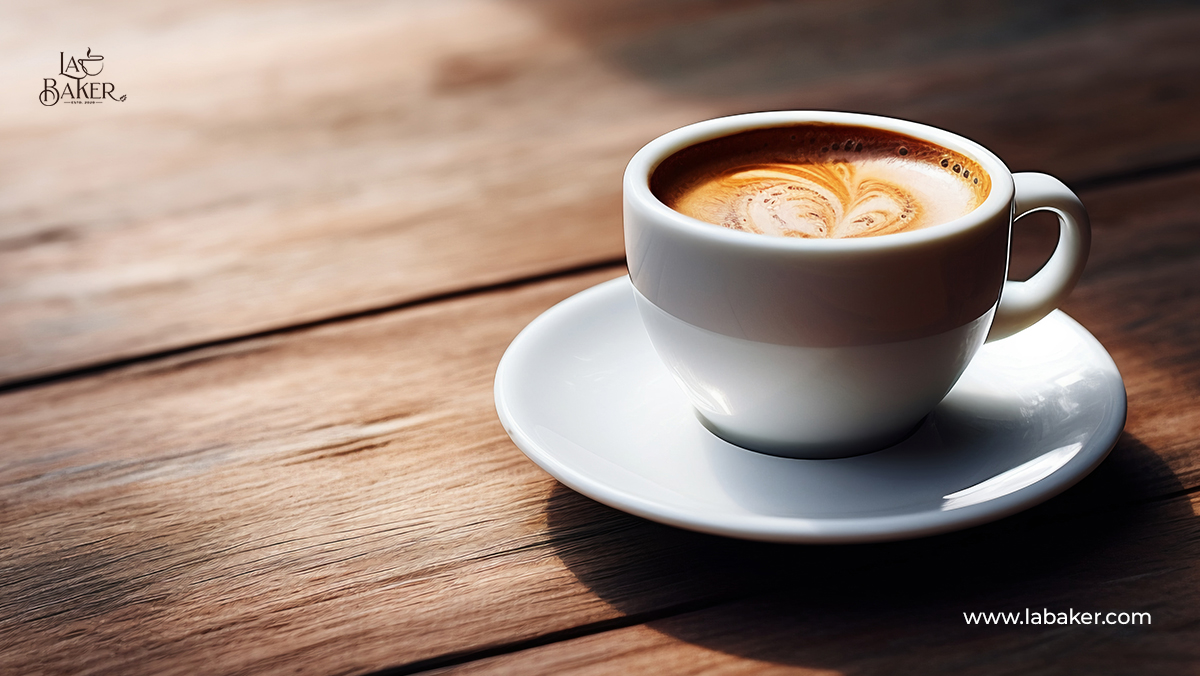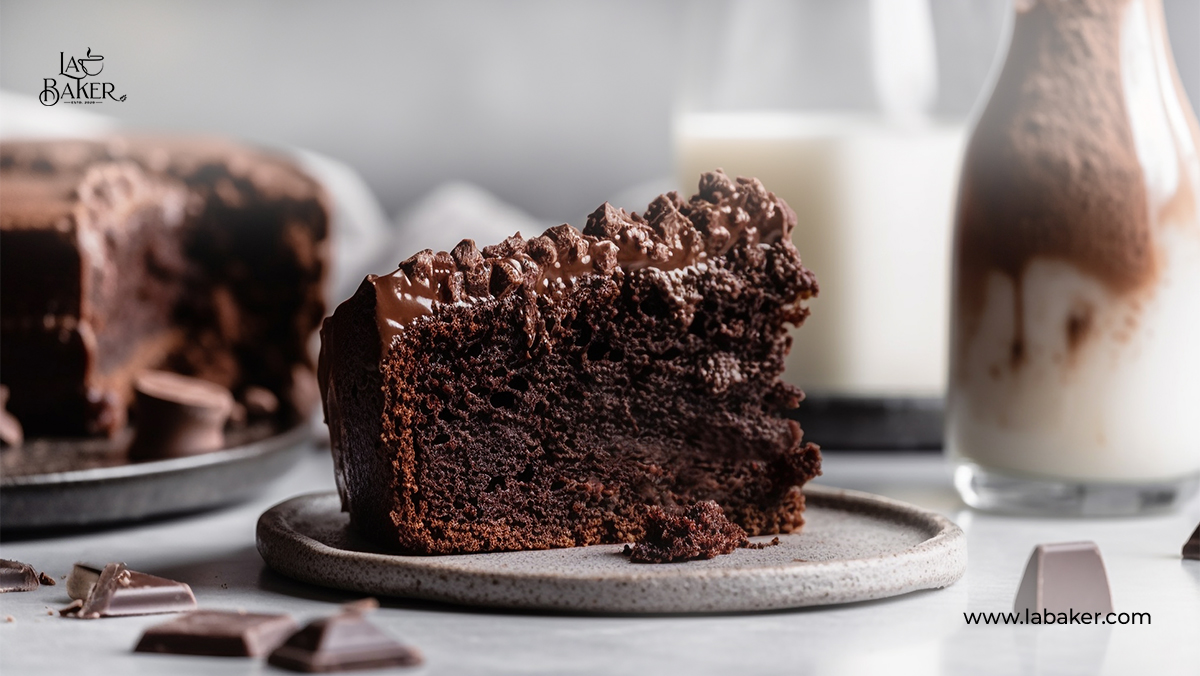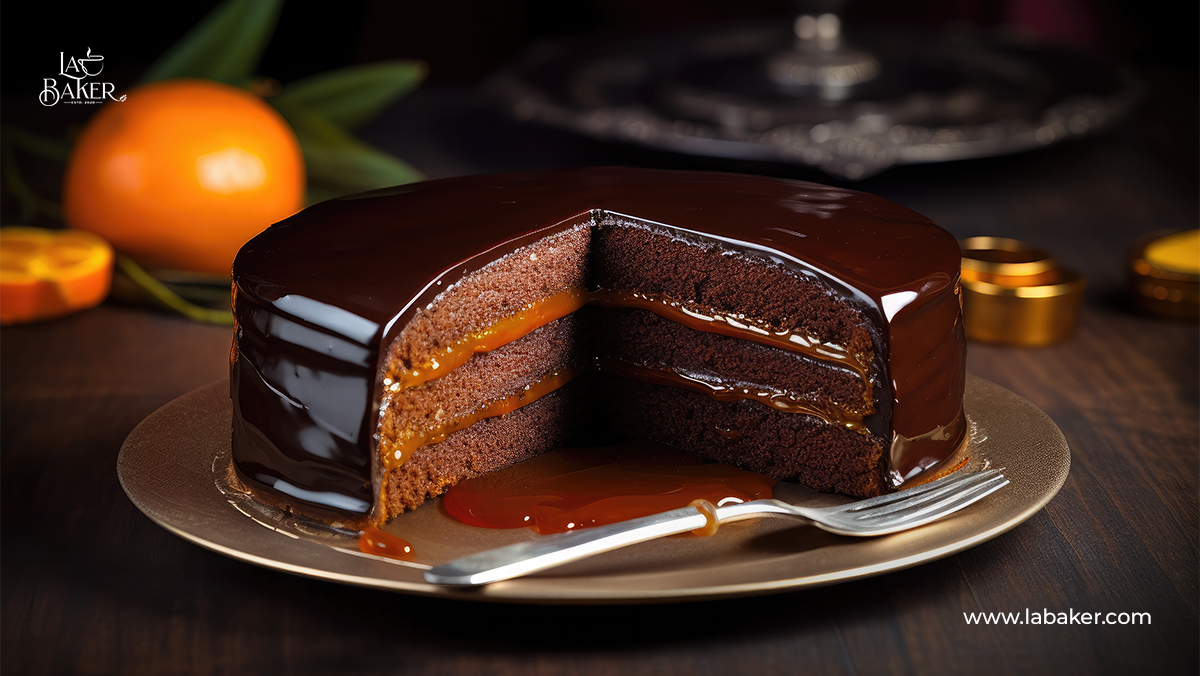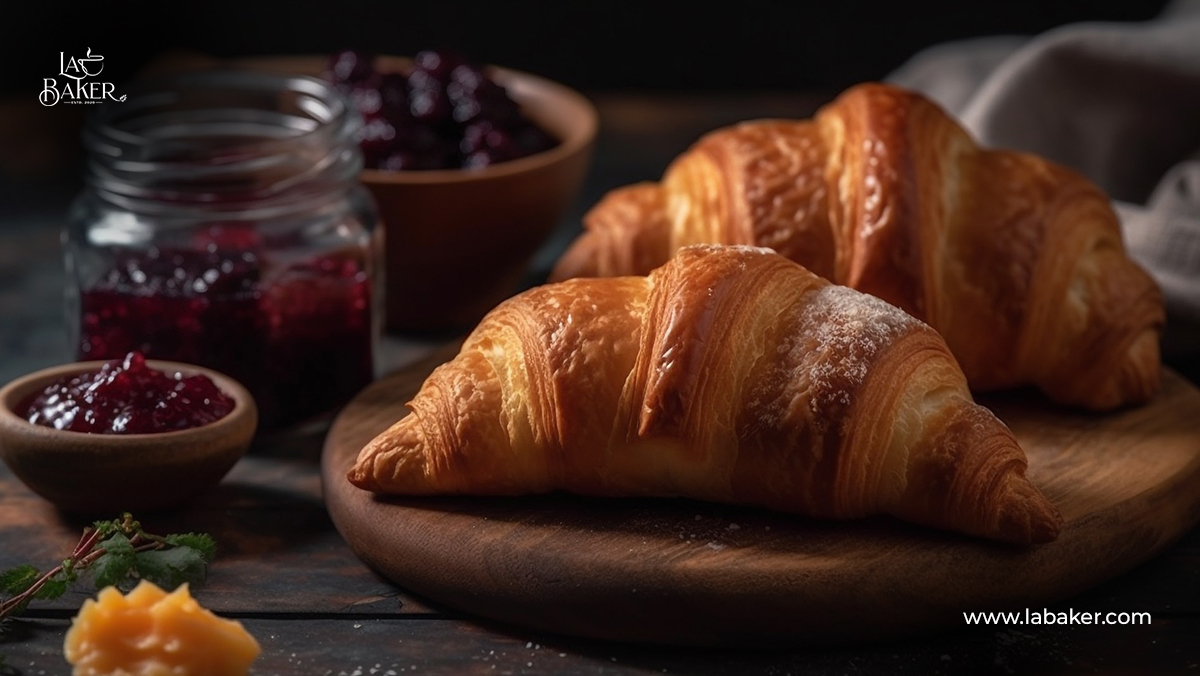
How to Make Brioche Brea...
Brioche bread is a classic French pastry-like bread known for its rich, buttery flavor and fluffy texture. Whether you want to enjoy it on its own or use it as a base for other recipes like bread pudding or French toast, making homemade brioche is a rewarding and delicious endeavor. In this comprehensive guide, we will take you through the step-by-step process of making brioche bread, from preparing the dough to baking the perfect loaf.
About Brioche Bread
Brioche bread is a type of Viennoiserie, a classification of French bread that falls between bread and pastry. It is known for its high butter and egg content, which gives it a rich and tender crumb. Brioche has a slightly sweet flavor that pairs well with both sweet and savory toppings. Its versatility makes it a popular choice for breakfast, brunch, or as a base for sandwiches.
Ingredients for Brioche Bread
To make brioche bread, you will need the following ingredients:
Flour: All-purpose flour is commonly used for brioche, but you can also use bread flour or a combination of bread flour and whole wheat flour for a heartier texture.
Yeast: Active dry or instant yeast can be used interchangeably in brioche recipes. Ensure that your yeast is fresh and active for optimal rising.
Milk: Lukewarm milk provides moisture and helps activate the yeast. Whole milk or a combination of whole milk and heavy cream can be used for a richer flavor.
Sugar: A small amount of granulated sugar adds sweetness and aids in yeast activation.
Salt: Salt enhances the flavor of the bread and balances the sweetness.
Eggs: Large eggs are typically used in brioche recipes. The eggs contribute to the bread’s rich flavor and help create a tender crumb.
Butter: Brioche is known for its high butter content. Be sure to use unsalted butter, as this allows you to control the salt levels in the recipe.
Choosing the Right Flour for Brioche
When it comes to selecting the flour for your brioche bread, you have a few options. While all-purpose flour is the most commonly used, you can also use bread flour or a combination of bread flour and whole wheat flour for a heartier texture.
The choice of flour will affect the final texture of your brioche. All-purpose flour has a moderate protein content, which results in a tender and slightly chewy crumb. Bread flour, with its higher protein content, will produce a chewier and more substantial brioche. If you prefer a lighter and more delicate texture, you can substitute half of the all-purpose flour with cake flour.
Consider your personal preference and the desired outcome when choosing the flour for your brioche bread. Experiment with different combinations to find the perfect balance of flavor and texture.
Selecting the Appropriate Yeast
Both active dry yeast and instant yeast can be used in brioche bread recipes. The choice between the two depends on your personal preference and the time you have available.
Active dry yeast needs to be bloomed or dissolved in warm liquid before it can be used. In brioche recipes, it is often bloomed in lukewarm milk to activate the yeast. This process takes a few minutes and ensures that the yeast is alive and ready to leave the dough.
Instant yeast, on the other hand, can be added directly to the dry ingredients without blooming. It is more robust and activates quickly when it comes into contact with moisture. This makes it a convenient option for those who want to skip the blooming step.
Both types of yeast will yield excellent results in brioche bread. Choose the one that suits your baking style and the time you have available.
Mixing the Dough: Stand Mixer vs. Hand Kneading
While it is possible to make brioche dough by hand, using a stand mixer will save you time and energy. Brioche dough requires extensive mixing to develop the gluten properly and incorporate the butter gradually. This process can be laborious and time-consuming when done by hand.
Using a stand mixer with a dough hook attachment will ensure that the dough is mixed thoroughly and consistently. It also allows you to control the speed and intensity of the mixing process, resulting in a well-developed gluten structure.
However, if you don’t have access to a stand mixer, you can still make brioche dough by hand. Keep in mind that it will require more effort and time to achieve the desired texture. Consider working with a smaller batch of dough to make it more manageable.
The Importance of Gluten Development
Gluten development is crucial in brioche bread, as it gives the bread its characteristic texture. Gluten is a network of proteins that forms when flour comes into contact with liquid and is manipulated through mixing and kneading. It gives the bread structure and elasticity, allowing it to rise and hold its shape.
To develop gluten properly in brioche dough, it is essential to mix the dough for an adequate amount of time. This allows the proteins in the flour to bond and form a strong network. The dough should be mixed until it reaches the windowpane stage, where it becomes thin and stretchy without tearing.
The gluten development process is facilitated by the addition of fat, in this case, butter. The fat helps to lubricate the gluten strands, resulting in a tender and delicate crumb. It also adds richness and flavor to the bread.
Incorporating Butter into the Dough
In brioche bread, butter is added gradually to the dough to create a rich and buttery flavor. It is important to add the butter slowly and patiently to ensure that it is fully incorporated into the dough.
Adding the butter too quickly can result in an oily and broken dough. It is recommended to add the butter a few tablespoons at a time and mix well after each addition. This slow and gradual process allows the butter to emulsify into the dough, creating a smooth, glossy, and plump texture.
The temperature of the butter is also crucial. It should be properly softened, around 72°F (22°C), to ensure easy incorporation. If the butter is too firm, it will not mix well into the dough. On the other hand, if it is too soft, it may cause the dough to become greasy and difficult to work with.
If the butter starts to separate or the dough becomes too warm during the mixing process, you can cool the dough in the refrigerator for a few minutes before continuing. This will help the butter to re-solidify and prevent it from leaking out of the dough.
Resting and Proofing the Dough
After the dough has been mixed, it needs to rest and proof to allow the yeast to work its magic and develop the flavor. The dough should be covered with plastic wrap and left at room temperature for about 2 hours, or until it has doubled in size.
During this resting period, the yeast ferments the sugars in the dough, producing carbon dioxide gas. This gas gets trapped in the gluten network, causing the dough to rise and become light and airy.
To determine if the dough has proofed enough, you can perform the windowpane test. Take a small piece of dough and gently stretch it between your fingers. If the dough stretches thin enough to become translucent without tearing, it is ready. This indicates that the gluten has developed properly and the dough is ready for the next step.
Shaping and Baking the Brioche Loaf
Once the dough has proofed, it is time to shape it into the desired form and bake it to perfection. Brioche can be shaped into loaves, rolls, or buns, depending on your preference.
To shape a brioche loaf, divide the dough into equal portions and roll them into small balls. Place the balls side by side in a loaf pan, allowing them to touch. Cover the pan with plastic wrap and let the dough rise for another 2 hours, or until it has doubled in size.
For a golden and glossy finish, you can brush the top of the loaf with an egg wash before baking. This will give the brioche a beautiful sheen and enhance its visual appeal.
Bake the brioche loaf in a preheated oven until it is golden brown and has reached an internal temperature of 190°F (88°C). Keep an eye on the loaf as it bakes, as brioche is prone to overbrowning. If the top starts to brown too quickly, you can cover it with aluminum foil to prevent further browning.
Once baked, remove the brioche loaf from the oven and let it cool on a wire rack for at least 20 minutes before slicing. This will allow the bread to set and prevent any gummy texture inside the loaf.
Tips for Success and Variations
- Use high-quality dairy products: The flavor of brioche is greatly influenced by the quality of the ingredients, especially the butter and milk. Opt for high-quality, flavorful butter and whole milk for the best results.
- Don’t rush the process: Brioche requires time and patience. Allow the dough to rise and proof at its own pace, ensuring that it has doubled in size before proceeding to the next step.
- Be mindful of hot spots in the oven: Brioche bread can brown quickly on top due to the high sugar and butter content. Keep an eye on the loaf as it bakes and consider covering it with foil or moving it to a lower rack if it starts to brown too much.
- Experiment with variations: Once you have mastered the basic brioche recipe, feel free to experiment with different flavors and additions. You can add raisins, chocolate chips, or spices like cinnamon or cardamom to create unique variations of this classic bread.
Conclusion
Making homemade brioche bread is a rewarding and delicious experience. The process may be time-consuming, but the end result is a buttery, tender loaf with a delicate crumb. By following this step-by-step guide and incorporating high-quality ingredients, you can create bakery-quality brioche bread in the comfort of your own kitchen. So roll up your sleeves, gather your ingredients, and get ready to enjoy the rich and buttery goodness of homemade brioche bread.
Frequently Asked Questions
1. How do I know if the dough has proofed enough during the resting period?
Perform the windowpane test to check if the dough has proofed enough. Take a small piece of dough and gently stretch it between your fingers. If it stretches thin enough without tearing and becomes translucent, it’s ready.
2. Can I make brioche without a stand mixer?
While using a stand mixer is convenient and saves time, you can make brioche without one. It will require more effort and time for kneading and mixing, but it’s definitely possible to achieve the desired texture without a stand mixer.
3. Can I use bread flour instead of all-purpose flour for making brioche?
Yes, you can use bread flour instead of all-purpose flour to create a chewier and more substantial texture in your brioche. Experiment with different flour combinations to achieve the desired texture.
4. Can I add extra flavors or ingredients to my brioche dough?
Absolutely! Once you’ve mastered the basic brioche recipe, you can get creative and experiment with various flavors. Try adding raisins, chocolate chips, or spices like cinnamon or cardamom to create unique variations of this classic bread.
Sorry, the comment form is closed at this time.
